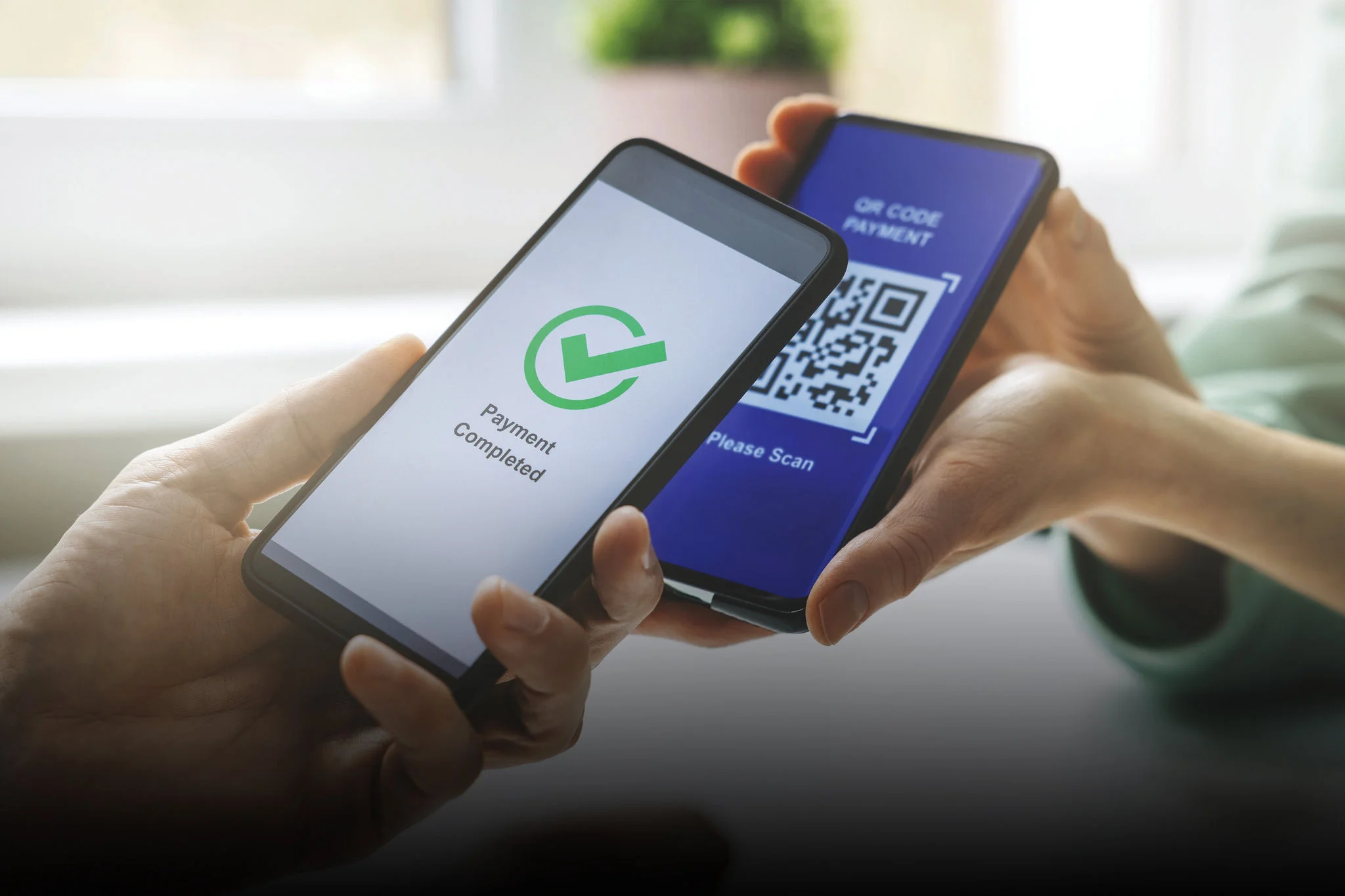Remember the days when paying someone meant digging for cash, writing a check, or standing in a long bank line? Those days are fading fast. Today, digital payments let you transfer money in seconds — whether you’re paying for groceries, splitting bills with friends, or shopping online.
But how do these apps actually work? You don’t need to understand every technical detail, but knowing the basics can help you use them safely and confidently.
Let’s break down some of the most popular digital payment systems and see what’s happening behind the scenes.
UPI: Fast, Instant, and Everywhere (India)
Unified Payments Interface (UPI) has revolutionized payments in India. Apps like PhonePe, Google Pay, and Paytm allow you to send money directly from one bank account to another in seconds — 24/7.
Here’s how it works simply:
- You link your bank account to a UPI-enabled app.
- You choose the recipient using a UPI ID (like username@bank) or their phone number.
- Enter the amount and approve the transaction using your UPI PIN.
The magic is that no bank details are exchanged, and the transaction is almost instant. Behind the scenes, UPI uses a secure network that connects all participating banks, ensuring money moves quickly and safely.
Why it works so well: UPI eliminates the need for debit cards, IFSC codes, or cash. It’s simple, convenient, and secure — as long as you never share your PIN or OTP with anyone.
PayPal: The Global Middleman
PayPal is widely used for online shopping, freelancing payments, or sending money across countries.
The key difference from UPI is that PayPal acts as a middleman:
- Your money moves from your bank account or card to your PayPal account.
- PayPal then sends the money to the recipient, who can either keep it in their PayPal balance or transfer it to their bank.
This setup adds a layer of security because merchants or freelancers never see your bank or card details directly.
For international transactions, PayPal also handles currency conversion automatically. While fees may apply for certain transfers, the convenience and protection make it popular worldwide.
Apple Pay: Tap, Pay, Done
Apple Pay is designed for quick, contactless payments using your iPhone, iPad, or Apple Watch.
Instead of handing over a card or cash, you simply hold your device near a terminal and authenticate using Face ID, Touch ID, or a passcode.
Here’s what happens behind the scenes:
- Your actual card number isn’t shared with the store.
- Apple generates a unique, encrypted token for the transaction.
- The bank or payment processor verifies the token, and the payment goes through.
This tokenization is why Apple Pay is considered highly secure. Even if someone intercepted the transaction, they wouldn’t have access to your real card details.
Common Features Across Digital Payments
Even though UPI, PayPal, and Apple Pay work differently, they share some important traits:
- Security: Transactions are encrypted and protected with PINs, passwords, or biometric verification.
- Convenience: You can pay anyone, anytime, without carrying cash.
- Speed: Money moves instantly or within seconds in most cases.
- Digital Records: Every payment is logged, making it easy to track spending.
The result is a seamless experience that’s faster, safer, and more transparent than traditional cash payments.
Safety Tips for Using Digital Payments
Digital payments are convenient, but safety matters:
- Never share your PIN, password, or OTP.
- Verify recipients carefully. A wrong UPI ID or email can send money to the wrong person.
- Use trusted apps only. Download from official app stores.
- Enable two-factor authentication. Extra layers of security reduce the risk of fraud.
- Check transaction records regularly. Make sure no unauthorized payments occurred.
Most scams rely on tricking users, not breaking the technology. Being careful is often all it takes to stay safe.
Why Digital Payments Are Here to Stay
Digital payments aren’t just a trend — they’re transforming how we handle money:
- For individuals: Paying bills, splitting costs, or shopping online is easier than ever.
- For businesses: Small vendors and freelancers can receive payments instantly without cash handling.
- For economies: Digital payments reduce cash dependency, improve transparency, and speed up transactions.
As technology evolves, expect even more innovation: QR codes, wearables, voice-activated payments, and AI-powered financial assistants are just the beginning.
Final Thoughts
Digital payments make life faster, simpler, and safer — but only if you understand how to use them wisely.
Whether it’s UPI for instant transfers, PayPal for online purchases, or Apple Pay for tap-and-go shopping, the key is knowing what happens behind the scenes and following basic security practices.
When used responsibly, digital payments save time, reduce stress, and keep your money secure — proving that technology, when done right, can genuinely make everyday life easier.
